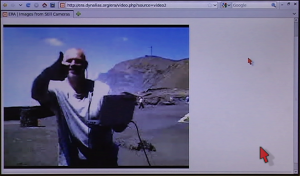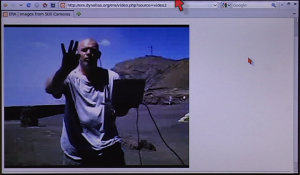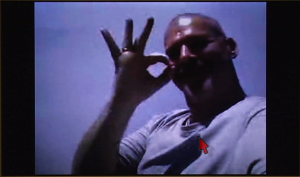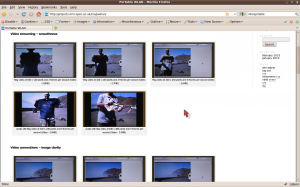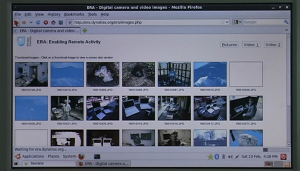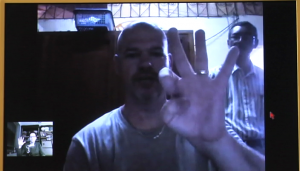Yesterday we successfully connected to Paul at the volcano using the BGAN satellite link. The following set of (five) posts will try to cover the tests we carried out, these include:
- Getting audio contact
- Video and audio synchronisation
- A walkabout on video
- Video resolution configurations
- Photo downloads with and without audio
These findings made the whole trip worth while. We now know that we can connect across the world and transfer live photo, video and VoIP data to give anyone on the Internet remote access to field locations.
